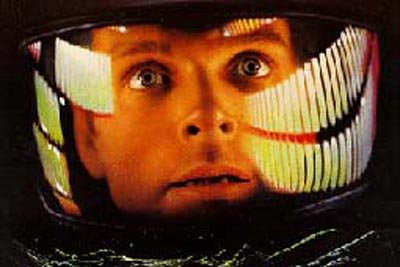
Posted on 02/11/2012 5:47:48 PM PST by SunkenCiv
Explanation: This sharp Hubble Space Telescope view looks deep into NGC 6752. Some 13,000 light-years away toward the southern constellation Pavo, the globular star cluster roams the halo of our Milky Way galaxy. Over 10 billion years old, NGC 6752 holds over 100 thousand stars in a sphere about 100 light-years in diameter, but the Hubble image frame spans the central 10 or so light-years and resolves stars near the dense cluster core. In fact the frame includes some of the cluster's blue straggler stars, stars which appear to be too young and massive to exist in a cluster whose stars are all expected to be at least twice as old as the Sun. Explorations of the NGC 6752 have also indicated that a remarkable fraction of the stars near the cluster's core, are multiple star systems, supporting arguments that star mergers and collisions in the dense stellar environment can create the cluster's blue straggler stars.
(Excerpt) Read more at 129.164.179.22 ...
That is zoomin’, but if memory serves, the fastest vehicle ever is the 1500+ pound Voyager 1 (38200 mph looks like 10.611111111 mps). Fuel economy is incredible on both of these probes:
http://en.wikipedia.org/wiki/Voyager_1#Current_status
Voyager 1’s current relative velocity to the sun is 17,060 m/s (61,400 km/h; 38,200 mph). This calculates as 3.599 AU per year, about 10% faster than Voyager 2. At this velocity, 73,600 years would pass before reaching the nearest star, Proxima Centauri, were the spacecraft traveling in the direction of that star. Voyager 1 will need about 14,000 years at its current velocity to travel one light year, therefore 40,000 years will pass before coming anywhere near other stars or planets. Voyager 1 is predicted to enter the interstellar medium between 2012-15, though some scientists say it will be in 2014. Voyager 1 is still the farthest man made object in the universe from Earth.
Nice!
New Horizons would have been a lot faster if it had been able to get a gravity assist from more than one planet. As it is, the slingshot around jupiter shortened the trip by something like 3 years.

It is full of Stars.
Disclaimer: Opinions posted on Free Republic are those of the individual posters and do not necessarily represent the opinion of Free Republic or its management. All materials posted herein are protected by copyright law and the exemption for fair use of copyrighted works.